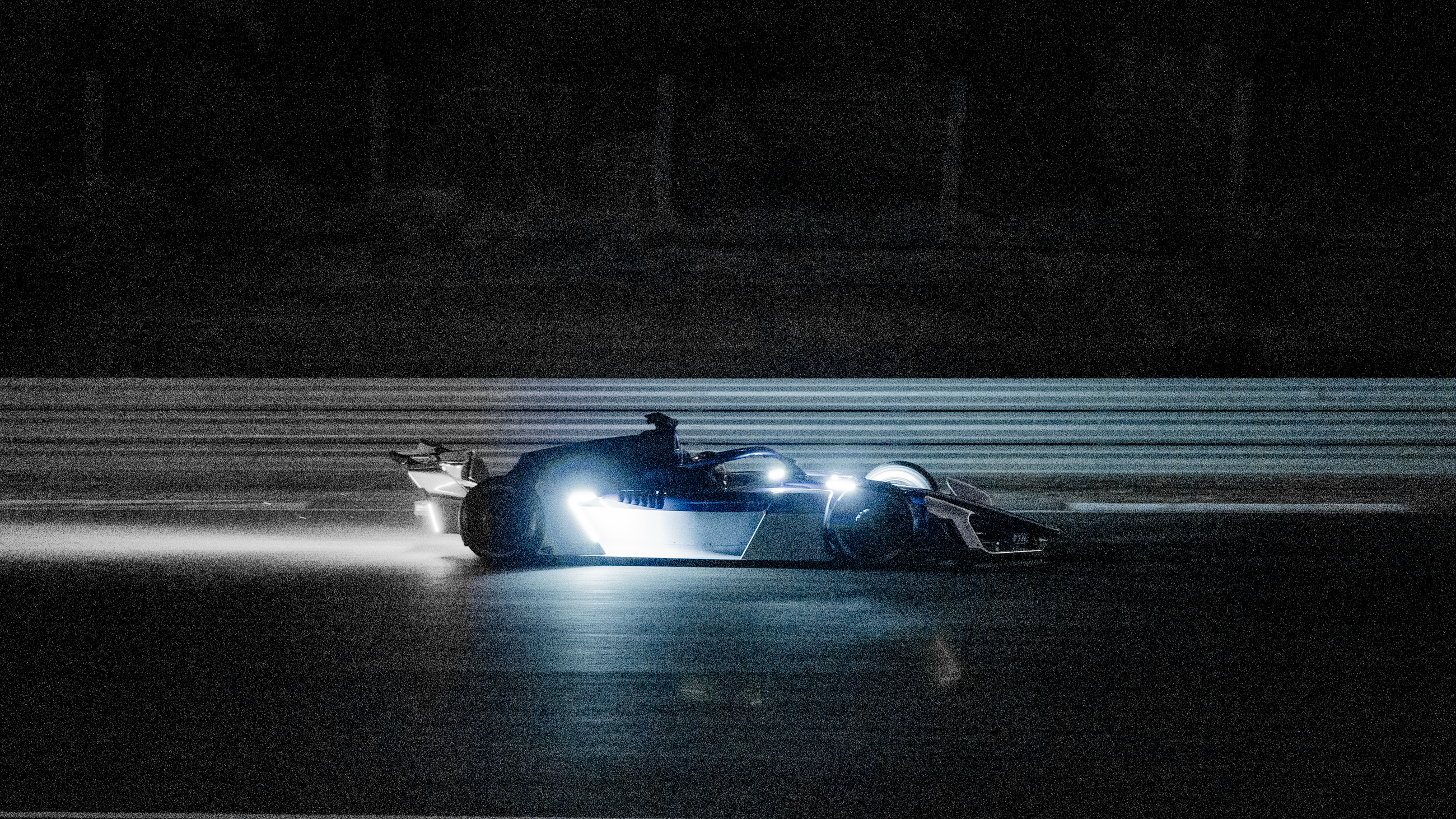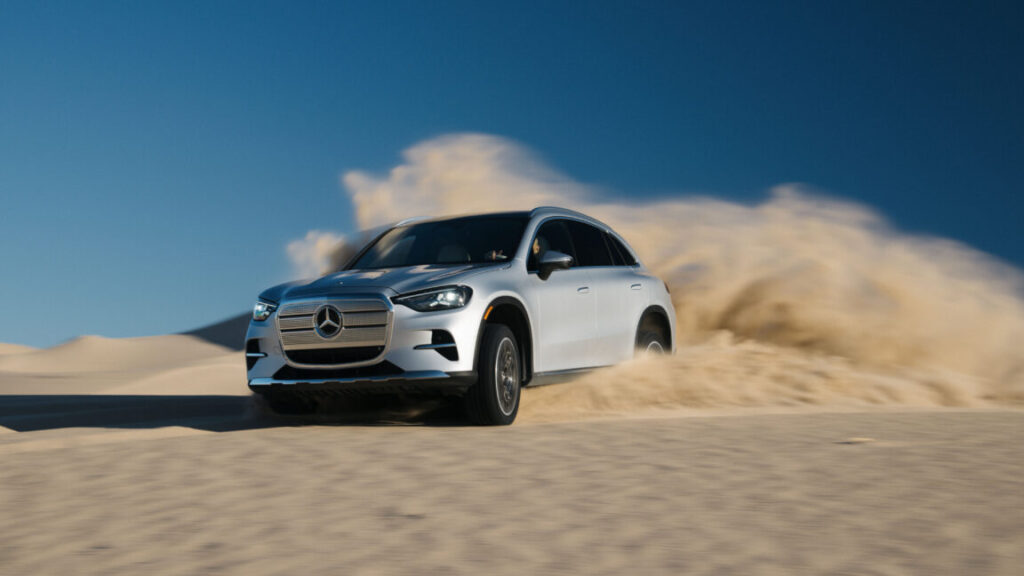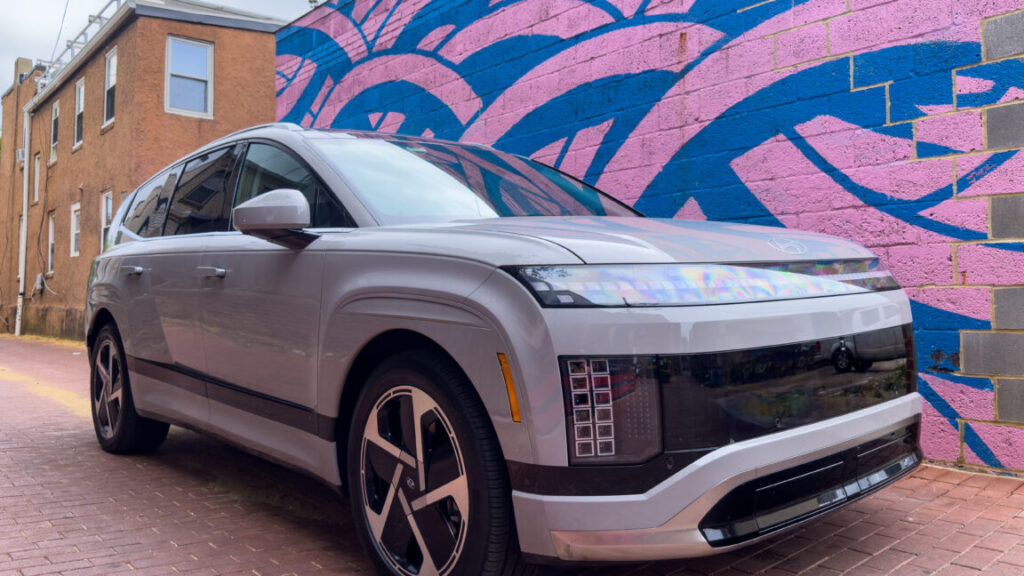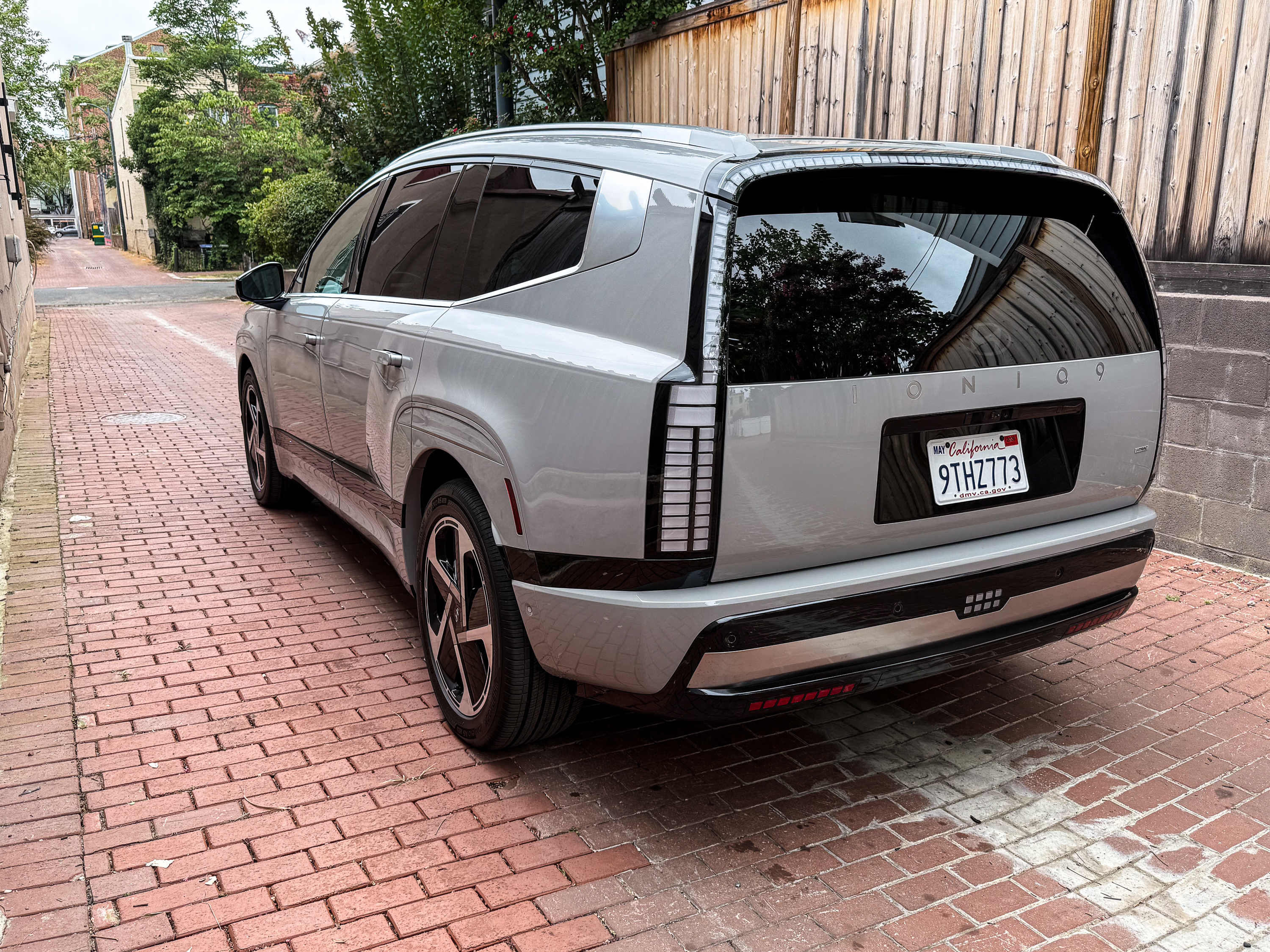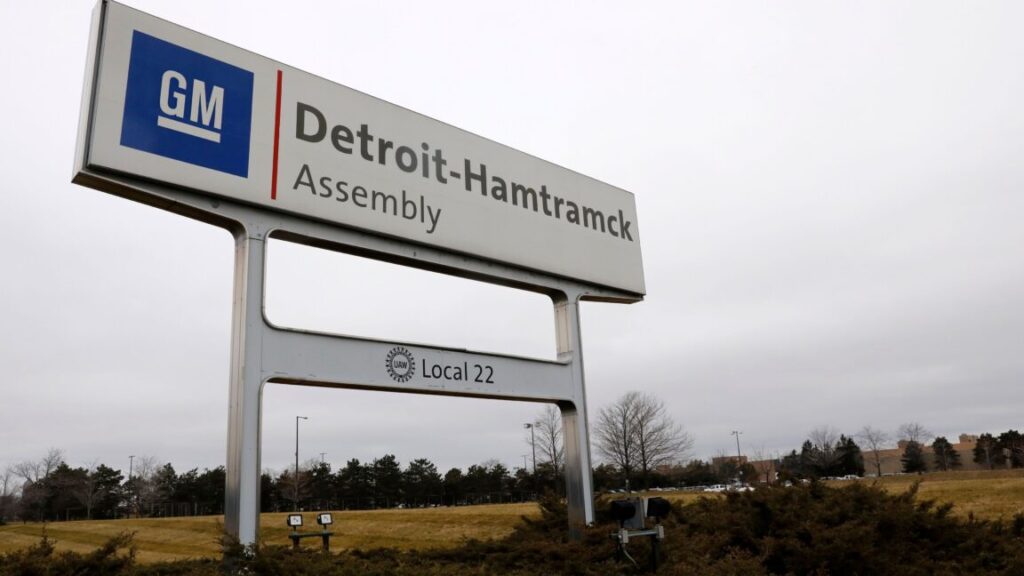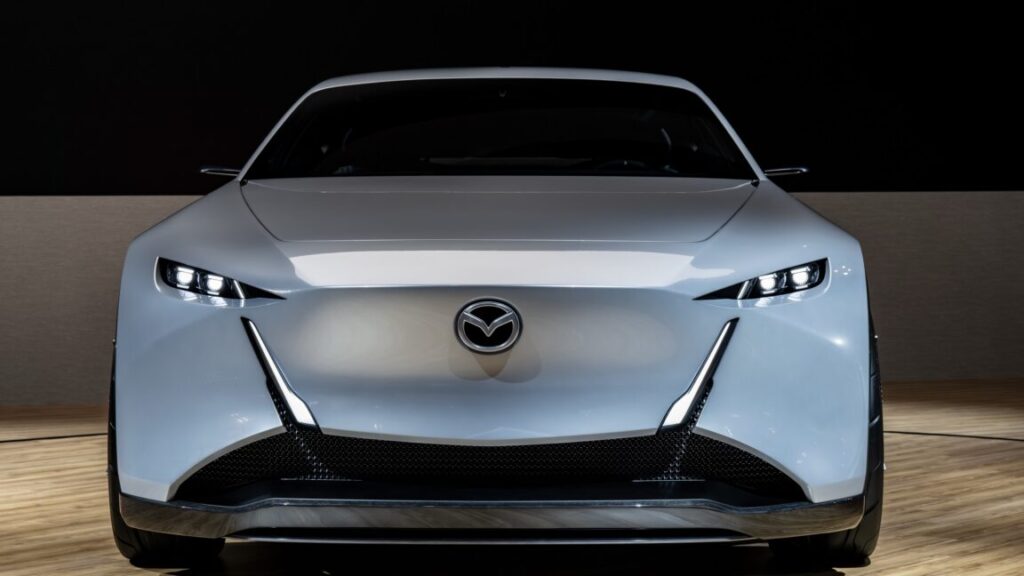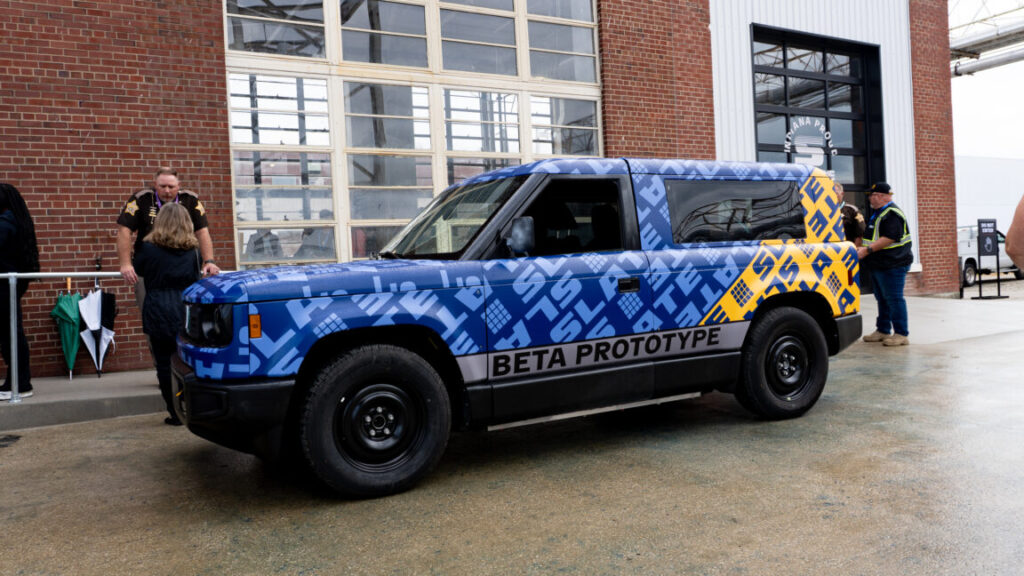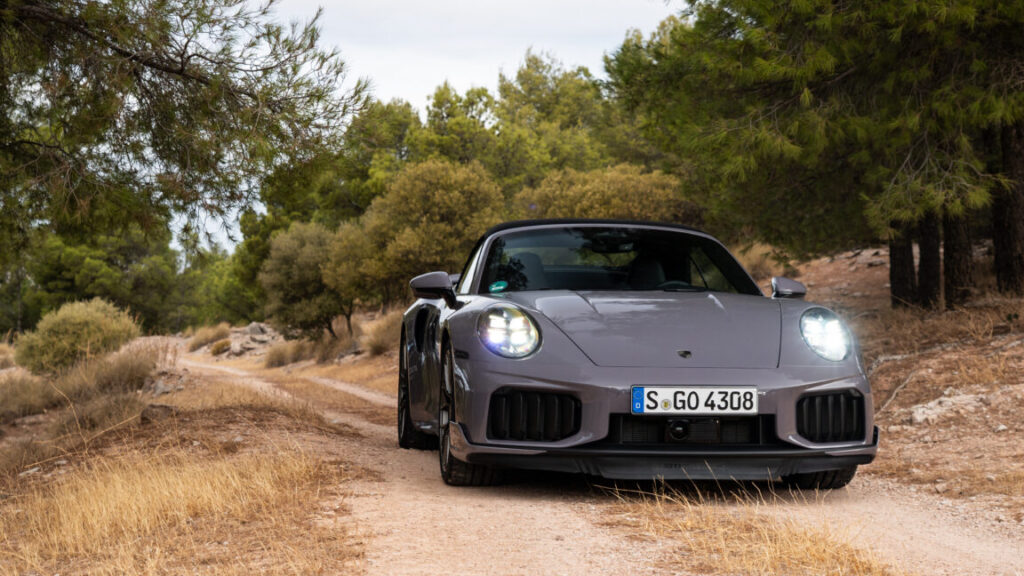Tesla’s European and Chinese customers are staying away in droves
Tesla’s shareholders are ready to vote tomorrow on whether to give Elon Musk an even more vast slice of the company in an effort to keep him focused on selling electric vehicles. Currently, the trolling tycoon appears a little obsessed with the UK, a place he appears to conflate with Middle Earth, which investors may or may not take into account when making their decision. What they ought to take into account is how many cars Tesla sold last month.
Although Tesla only publishes quarterly sales figures and does not divide those up by region, slightly more granular data is available from some countries via monthly new car registrations. And the numbers for October, when compared year on year to the same month in 2024, should be alarming.
Sales fell by double-digit margins in Sweden (89 percent), Denmark (86 percent), Belgium (69 percent), Finland (68 percent), Austria (65 percent), Switzerland (60 percent), Portugal (59 percent), Germany (54 percent), Norway (50 percent), the Netherlands (48 percent), the UK (47 percent), Italy (47 percent), and Spain (31 percent).
Only France bucked the trend—there, a new subsidy helped bump sales by 2 percent year on year.
Things in China were better, but not by much; Tesla sales dropped 9.9 percent in October compared to last year. And that’s bound to be very bad news for the bottom line; even with record sales in Q3, Tesla saw its margins shrink, its costs climb, and its profits begin to evaporate.
A common factor in both Europe and China is that Tesla now faces a huge amount of competition for EV buyers from both established OEMs and new Chinese startups. Tesla has failed to expand its range beyond the Models 3 and Y, both of which look increasingly stale despite recent cosmetic tweaks.
Tesla’s European and Chinese customers are staying away in droves Read More »


